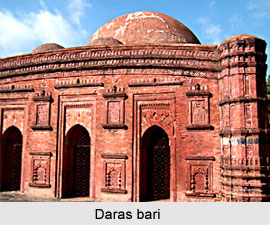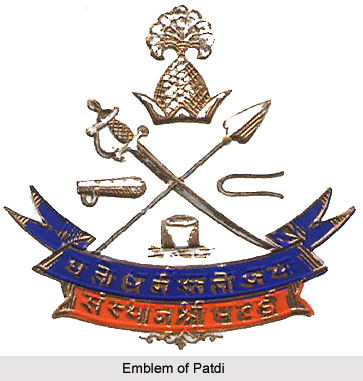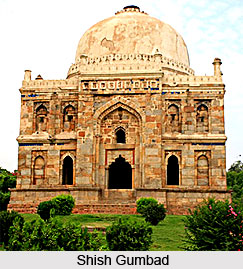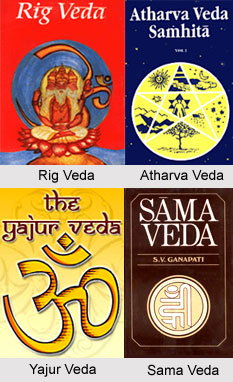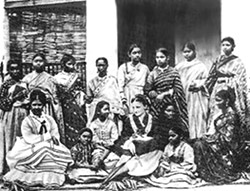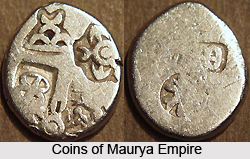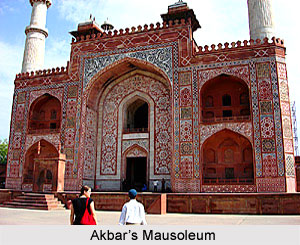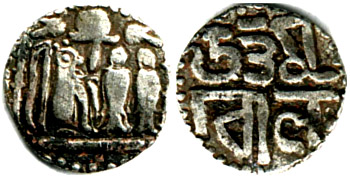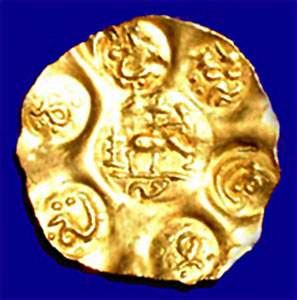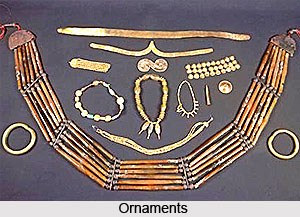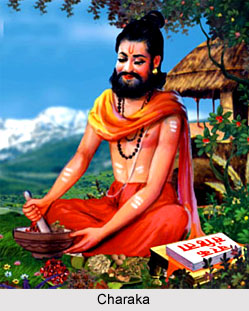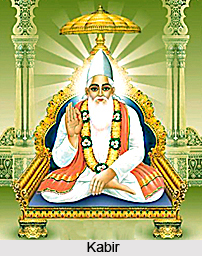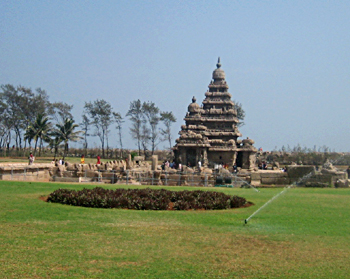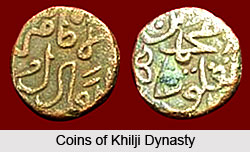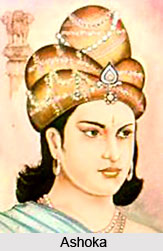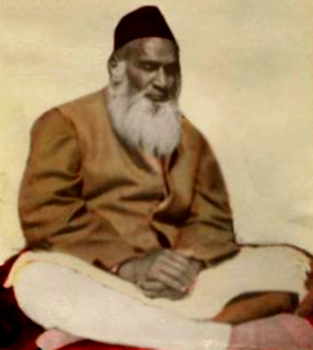 Mahatma Radha Mohan Lalji is said to have been a `Badshah-fakir` who was both a Jalali saint (full of splendour), as well as a Jamali saint (full of elegance). A great Saint of the Naqshbandi Order, he used to say that Sufism was a way of life. It was neither a religion nor a philosophy. So there were Hindu Sufis, Muslim Sufis, and Christian Sufis. He also said that the true meaning of spirituality must be understood; but it cannot be understood completely but only partly. The greater part is beyond understanding. As far as we live in this world and as far as this world is with us, we understand it. Beyond that there is no understanding anymore but Realisation.
Mahatma Radha Mohan Lalji is said to have been a `Badshah-fakir` who was both a Jalali saint (full of splendour), as well as a Jamali saint (full of elegance). A great Saint of the Naqshbandi Order, he used to say that Sufism was a way of life. It was neither a religion nor a philosophy. So there were Hindu Sufis, Muslim Sufis, and Christian Sufis. He also said that the true meaning of spirituality must be understood; but it cannot be understood completely but only partly. The greater part is beyond understanding. As far as we live in this world and as far as this world is with us, we understand it. Beyond that there is no understanding anymore but Realisation.
Mahatma Radha Mohan Lalji discovered new centres of spiritual energy in the human body. He used to say that the Scriptures do not mention all the Chakras in Sufism and not all the occult knowledge is given out at one time. As humanity progresses, more and more knowledge is revealed. The whole of one`s Life may not be long enough to activate all the centres of energy. However, in this Order, all the Chakras are activated in this very life through meditation. With the approval of his father (Mahatma Raghubar Dayalji) and his Master (Maulana Abdul Gani Khan) Mahatma Radha Mohan Lalji made much improvement in the method of meditation.
Mahatma Radha Mohan Lalji has said that in the Naqshbandi Order, the Hriday Chakra (the mystique centre of Heart) is used mainly, which is the centre of love and when it is activated, such force and such power flows through it, that one forgets everything. By activating the Hriday Chakra, Love is created by the Master with his spiritual power. The result is that the whole work of awakening, activating is done by one Chakra, which gradually opens up all the other Chakras. The Hriday Chakra is the leader and the leader does everything.
Thus Mahatma Radha Mohan Lalji made rather significant contributions to the discipline and practice of Sufism.


